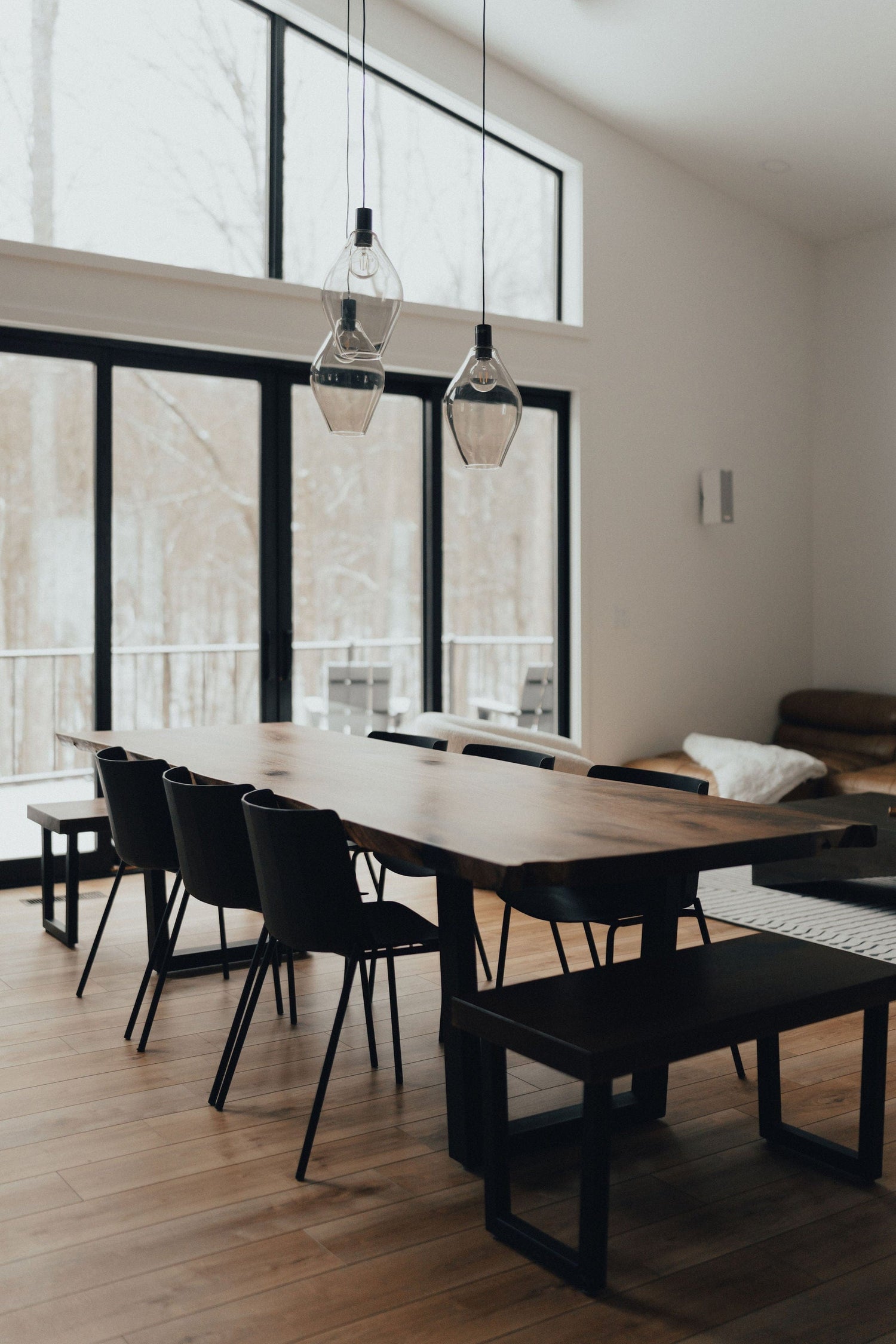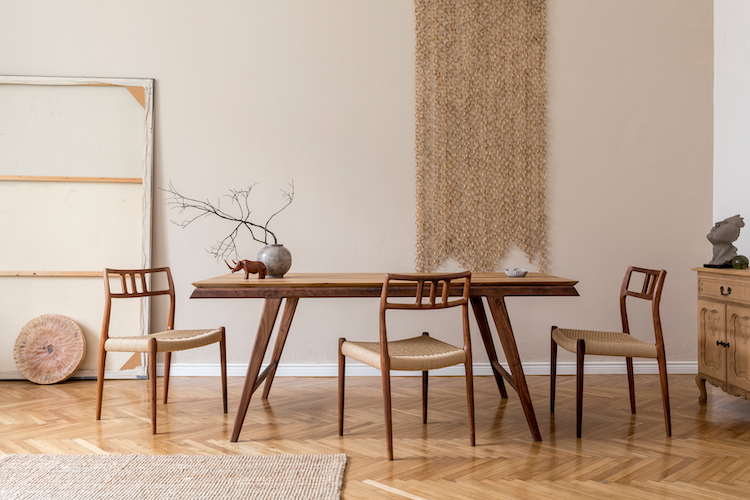Creative Ideas for Replacing or Refurbishing Your Dining Room Table Legs
Creative Ideas for Replacing or Refurbishing Your Dining Room Table Legs
Blog Article
From Typical to Modern: Discover the Perfect Eating Area Table Legs for Your Style
The selection of dining-room table legs plays an essential role in specifying the total personality of your room, connecting the gap in between typical workmanship and modern looks. While traditional styles such as cabriole and transformed legs evoke a sense of classic elegance, modern styles like hairpin and geometric options present an opportunity for striking aesthetic interest. Reviewing the best balance in between these designs requires a nuanced understanding of your existing decor and personal taste. As you consider these components, the concern stays: just how can you flawlessly incorporate these diverse leg styles to develop an unified dining experience?
Recognizing Table Leg Styles
The range of dining-room table leg styles can considerably influence both the visual appeals and functionality of the space. Each leg style adds unique useful features and aesthetic components, satisfying varied design preferences and use demands. Understanding these designs is important for picking the right table that lines up with your overall interior decoration vision.
As an example, tapered legs offer a clean, traditional appearance that can improve a room's sophistication, while pedestal bases offer security and maximize legroom, making them suitable for smaller rooms. Hairpin legs, a hallmark of mid-century contemporary layout, introduce a commercial flair, enabling for a ventilated, open feeling. In a similar way, trestle legs evoke rustic beauty, providing robust support and a sense of timelessness.
Furthermore, the selection of products plays a substantial function. Wood legs can bring warmth and structure, whereas steel alternatives usually communicate a smooth, modern ambiance. Eventually, recognizing table leg designs is necessary for developing a natural dining area that reflects individual design while ensuring functionality and convenience. By thoughtfully thinking about these aspects, you can improve both the visual and practical appeal of your eating space.
Traditional Table Leg Options
When choosing eating room table legs, standard options commonly embody timeless elegance and workmanship. These layouts reflect an abundant heritage and a dedication to high quality, making them ideal for those that value timeless visual appeals.
One of the most legendary traditional leg styles is the cabriole leg, characterized by its elegant curved shape. This design commonly includes attractive makings and is most frequently discovered in Queen Anne and Chippendale furnishings. An additional prominent alternative is the turned leg, which flaunts a series of smooth, rounded forms that give a timeless appearance while preserving stability.
In addition, the straight leg, while simple, supplies a tough and unadorned structure that can mix effortlessly with a variety of tabletop styles. For those drawn to ornate detailing, claw-and-ball feet legs stimulate a feeling of grandeur and can work as a spectacular focal point in any eating space.
Finally, stand bases, although not purely legs, offer an alternate typical alternative that enables for enough legroom and can be perfectly carved. Each of these standard leg styles contributes to the general atmosphere of a dining-room, marrying function with visual appeal.

Modern Table Leg Designs
Modern table leg styles offer a varied range of styles that highlight innovative materials and clean lines. These see here now layouts typically prioritize performance while acting as striking prime focus within an eating space. Minimalist aesthetic appeals are prevalent, with legs crafted from go now materials such as metal, glass, and engineered wood, which add to a airy and contemporary feel.
One preferred style is the hairpin leg, defined by its slender, tapered framework that gives stability without frustrating the tabletop (dining room table legs). This design is typically located in mid-century contemporary furnishings and can easily complement various dining table shapes. An additional pattern is making use of geometric forms, where legs might take on angular or unbalanced kinds, including aesthetic passion and a touch of creativity

Mixing Designs for One-of-a-kind Spaces
Typically, house owners seek to create one-of-a-kind dining areas that show their individual style by blending various style elements. This method permits the unification of diverse aesthetics, leading to an unified yet unique atmosphere. For example, combining a rustic wood table with smooth, modern steel legs can develop an appealing comparison that elevates the Clicking Here area's overall appeal.
Furthermore, incorporating vintage table legs with modern table tops can stimulate a sense of history while keeping a modern sensibility. Such mixes not just display private preference but also motivate creative thinking, allowing home owners to curate an area that feels both personal and inviting.
Shade plays a vital role in this mixing process; selecting table legs that enhance or comparison with the existing color plan can improve visual rate of interest. For instance, whitewashed legs can soften the boldness of a dark table surface, developing a well balanced visual.
Tips for Selecting the Right Legs
Selecting the right table legs is essential for accomplishing both functionality and aesthetic appeal in your eating room. Begin by considering the general style of your space. Traditional setups benefit from legs that include elaborate makings or turned layouts, while modern spaces may ask for smooth, minimal designs.
Next, evaluate the height and stability of the legs. dining room table legs. Common dining tables range in between 28 to 30 inches in height, so guarantee the legs enhance this dimension for convenience. In addition, durable products, such as hardwood or steel, can boost stability and durability
Evaluate the leg form also-- choices include right, tapered, or stand layouts. Straight legs supply a classic look, while conical legs can include a touch of beauty. Pedestal bases give ample legroom and are suitable for smaller sized rooms.
Final Thought
In summary, picking the excellent dining room table legs needs mindful factor to consider of both conventional and modern-day styles. By integrating leg design, elevation, and product with the overall design, a natural and welcoming atmosphere can be achieved.
The variety of dining space table leg styles can considerably influence both the looks and capability of the space. Eventually, understanding table leg styles is crucial for creating a cohesive eating area that shows personal design while ensuring functionality and convenience.One of the most iconic typical leg designs is the cabriole leg, defined by its graceful curved shape. Straight legs provide a timeless look, while conical legs can include a touch of elegance.In recap, choosing the suitable eating space table legs requires careful factor to consider of both contemporary and standard styles.
Report this page